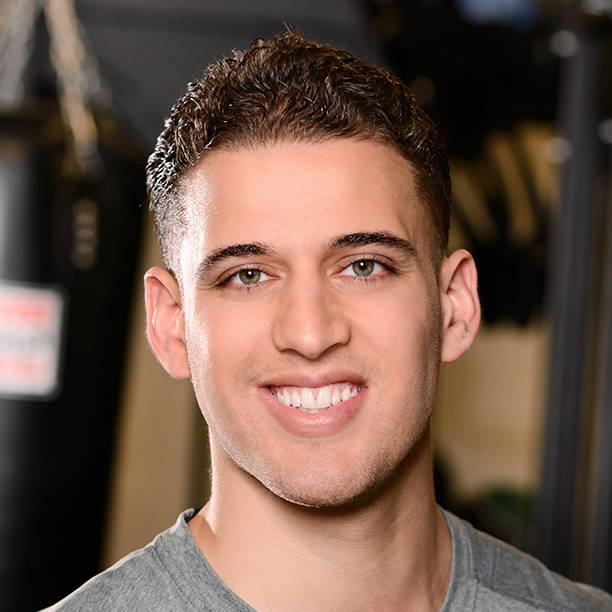|
We’ve become conditioned to believe that sleek, six-pack The truth is, the core is what’s important, not just the Lara Croft abdominals that people fantasize about. Your core is a multidimensional, There are tons of core training articles out there, and many of them offer advice that prioritizes looks over function. With a more modern approach focused on strength, you can properly train your core to help you resist injury, train hard, recovery faster, improve aesthetics slowly and—most importantly—improve your day-to-day wellness. What Is the 'Core' Anyway?As I mentioned, the core is what I refer to as "3-D," meaning that it’s three-dimensional in how it functions, looks and is structured. Honestly, the From a brief anatomy standpoint, the anterior core (front side) includes major muscles like the rectus abdominis, external abdominal oblique, internal abdominal oblique and transverse abdominis. On the posterior side, the spinal erectors; quadratus Probably one of the most forgotten core muscles is the diaphragm, which can largely impact our breathing, spinal position and torso mobility. There are also muscles that never get the love they deserve, but can play a major role in the core’s performance, such as the Together, these are the muscles that work together to help give us stability where we need it, mobility in the right areas, and allow us to produce and absorb forces in any given situation Feel the Good Belly BurnAs you can see, training the core is incredibly important. Having a healthy, strong core can help prevent injury and enhance whatever training methods you follow, all while helping you to perform activities of daily life with ease. When it comes to training, though, there are a lot of misconceptions. First and foremost, know that the most effective way to train your core is to participate in some form of full-body resistance training that involve compound movements. Activities such as weightlifting, yoga, Pilates, barre, boxing and other classes are a great place to start. If you want to take it a step further and bulletproof your midsection even more, then you can start to work Front Abdominals1. Plank 2. Bird-dog 3. Dead Bug 4. Stability Ball Around the World Back1. Bridge Holds 2. Cat-Cow 3. 4. Single-Leg Elevated Hip Bridge Side Abdominals1. Modified Side Plank 2. Single-Arm Farmers Walk Try these exercises based on the appropriate experience level that fits you, modifying if you need to take the intensity up or down a notch. Let this be the end of endless crunches, sit-ups, burpees and crazy diet pills in pursuit of a six-pack. Abdominals are not what we’re after here. Rather, we want a high-performing, healthy, strong core that will allow you to reach your goals, both in and outside the gym, by improving quality of life in a truly functional way. |








